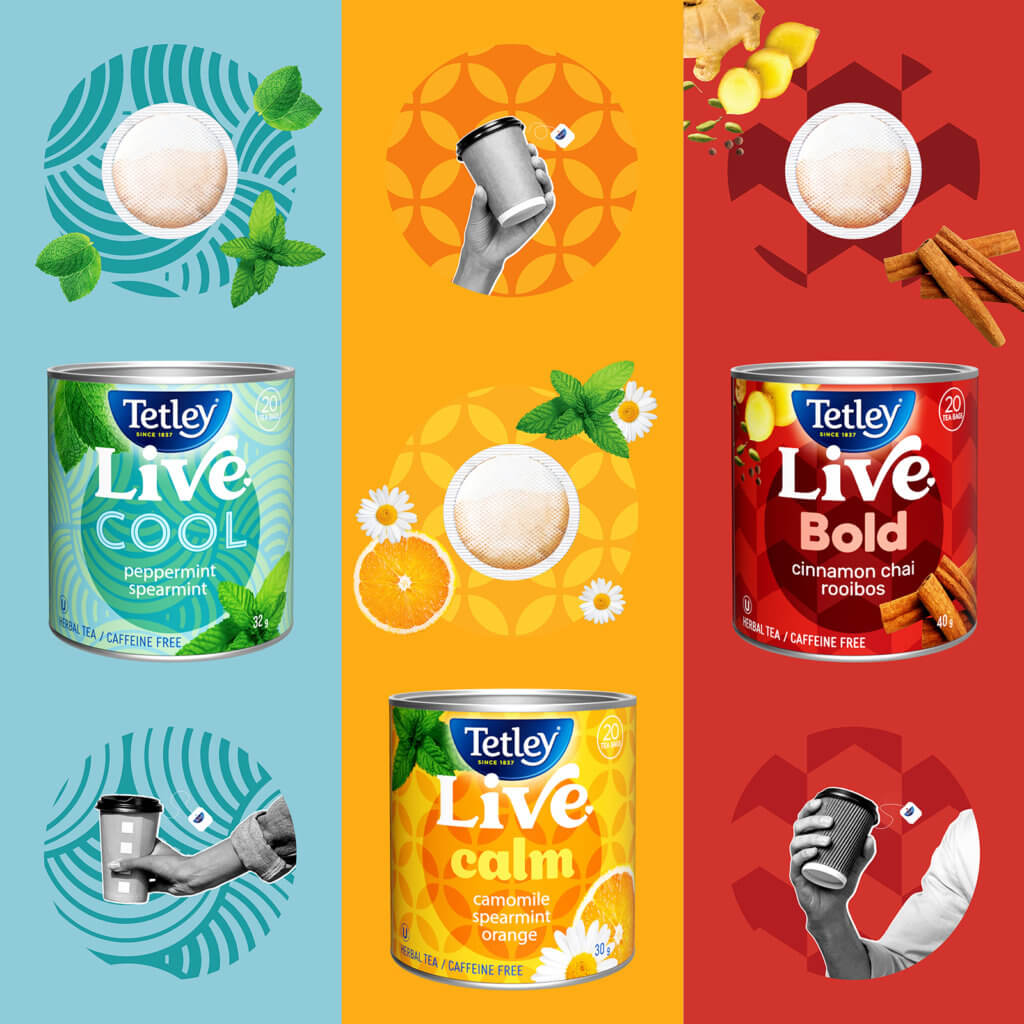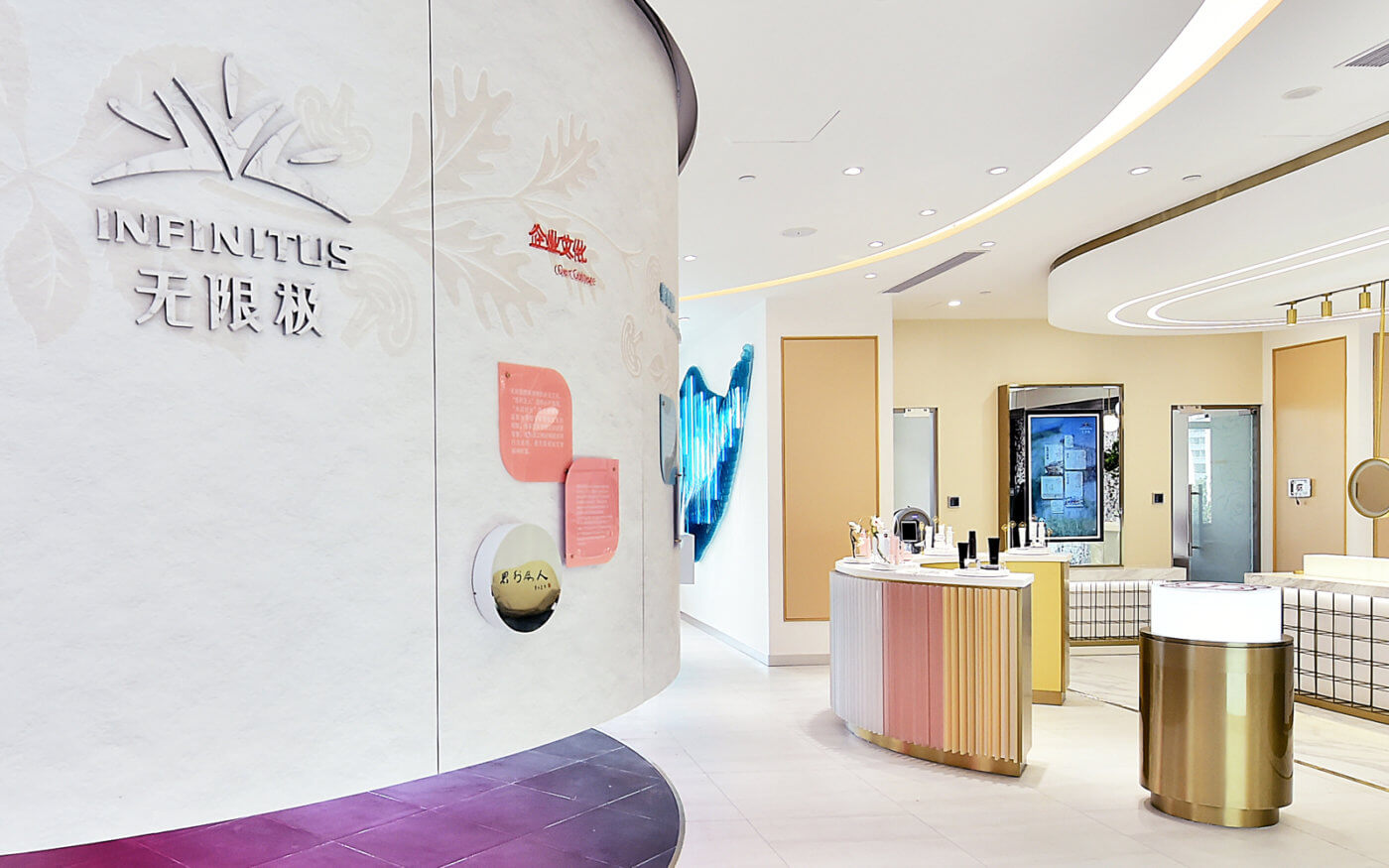Brand strategy and positioning are like a compass and a spotlight for your business. A compass guides decision-making and operational actions, keeping you on track toward your goals. A spotlight highlights your unique strengths and values, helping you clearly stand out in a crowded market. This blog explores the top trends shaping brand strategy in 2024 and how they can direct your business toward new success.
Purpose-Driven Branding
The number of purpose-driven brands has seen an exponential curve in response to the increase in socially-conscious consumers. A purpose-driven company is guided by a clear mission beyond simply making a profit, focusing on making a positive impact for society. In some cases, the mission may trump financial gain. For example, Patagonia donates profits that are not reinvested into the company in fighting climate change. By prioritizing a purpose that’s relevant to their brand, these companies build stronger relationships with consumers who share their values.
Take a look: Our study, “How The Circular Economy Builds Customer And Brand Loyalty” focuses on how circular retail services are gaining popularity among businesses looking to limit their environmental impact. The report provides key insights into the positive impact of circular services and how it can affect consumer’s perceptions of a brand.
Watch out: While purpose-driven brands can build powerful relationships with their consumers, a serious commitment is required. Jumping on a trend cause can backfire when brands fail to see it through.

Image Source: Patagonia’s Official Website
Authentic Storytelling
Authentic storytelling humanizes a brand. It’s not just about sharing facts, it’s about sharing real experiences that resonate with your audience’s own beliefs, aspirations, and emotions. An effective brand story speaks a language that its audience understands. This means ditching repetitive jargon and industry buzzwords for words and phrases used in everyday conversation.
Take a look: A great example is Tetley’s Live Tea line. The popular tea brand capitalized on the wellness trend by introducing a new line of herbal teas. To demonstrate character and feeling, the three Live tea flavors, were designed with differentiated patterns, colors, and modern typography. Along with the design, the brand used simple and familiar words such as “Cool”, “Calm”, and “Bold” to depict the emotions that correspond with each tea blend. The new teas not only stand out on the shelf but also speak directly to customers who are passionate about wellness and flavor.
Watch out: Speaking authentically to your consumers requires regular, meaningful consumer feedback. A 10-year-old consumer study is no longer relevant: people change and brands need to evolve in response.

Image Source: SLD
Personalized Experiences
With advancements in AI and data analytics, many brands are focusing on personalized experiences as part of their brand strategy. Personalization allows customers to enjoy “just-for-me” shopping and can be more effective in terms of engagement and conversion rates compared to generic, one-size-fits-all approaches. When properly executed, personalized branding strategies make customers feel both understood and valued.
Take a look: The Infinitus Service Centre exemplifies personalization strategy at an advanced level. The high-end beauty and wellness brand provides guests with a highly-immersive retail experience. 12 experience zones integrate modern technology such as digital screens, AR and VR interactions, and scenarios-based displays with Five Elements of Chinese Philosophy – wood, fire, earth, metal, and water. The customer journey encourages personal exploration and self-discovery through the weaving nature layout.
Watch out: Personalization can fall into two main traps: the “ick” factor, where the consumer feels personalized marketing is intrusive and creepy, and using demographic information to segment. Brands that do a good job of personalization leverage behavior and psychographics, not generic groupings such as generational cohorts.

Image Source: SLD
The Takeaway
As with most things in life, people are more likely to connect with something on an emotional level. Today’s consumers are looking to make genuine connections with the brands they support. More than a trend, these brand strategies are powerful marketing tools for your business.

